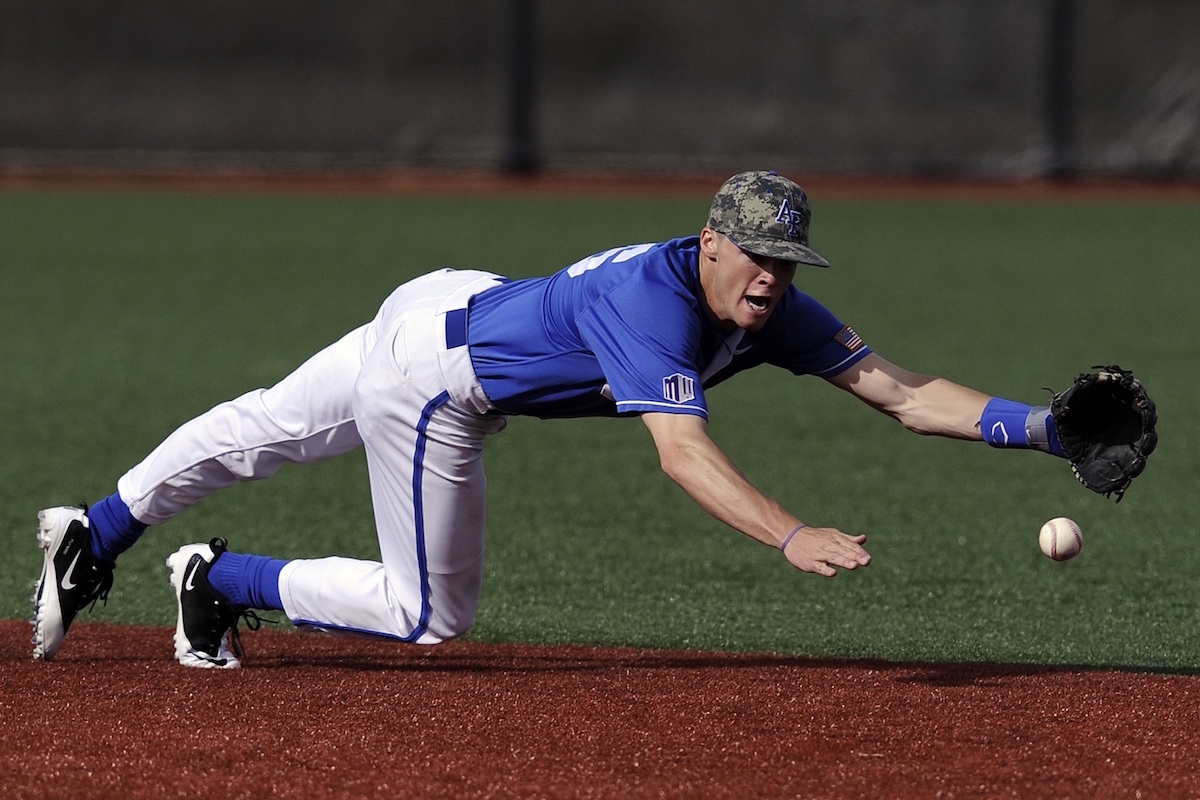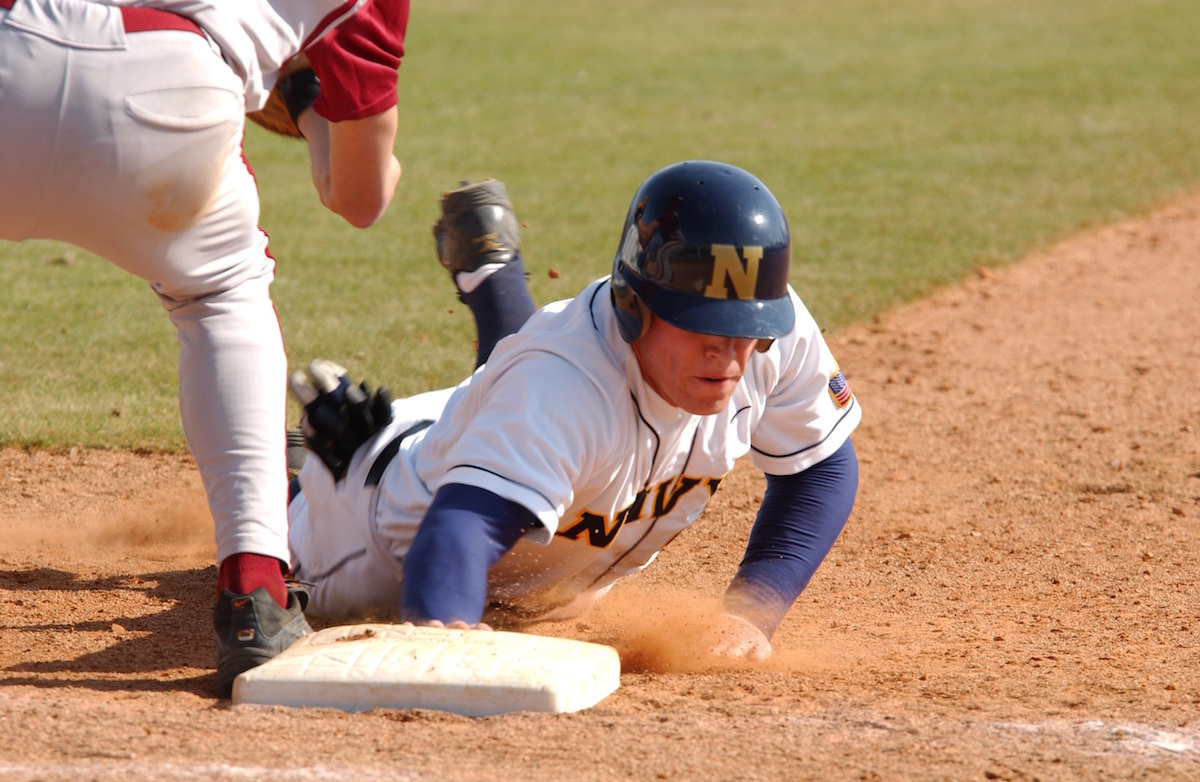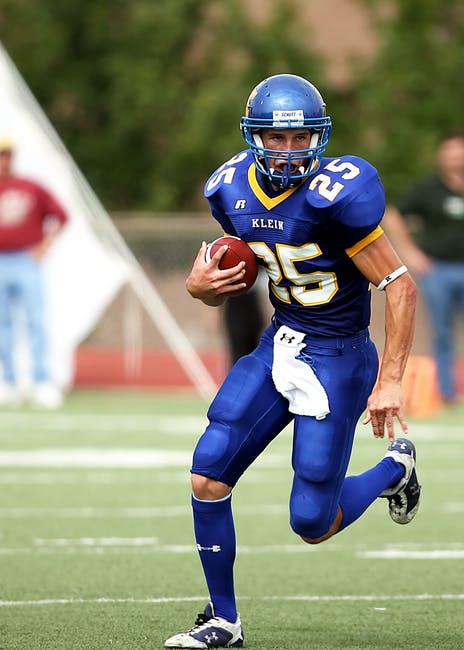For a sprint coach, a sprint is broken into several phases. The start, acceleration, maximum velocity, and speed endurance. The start includes reacting to the starting gun and getting out of the blocks explosively. Acceleration is the process of increasing velocity. Initially the athlete starts off low to the ground, is gradually increasing the size of his or her steps, and is transitioning from a period where frontside mechanics dominate (i.e. lifting the knee, foot is rigid, landing on the ball of the foot, pushing the body along) to a period where frontside and backside mechanics are important (i.e. backside: lifting the foot behind the body, swinging it forward, then using frontside, involves pushing and pulling the body along). When athletes reach their top speed, they are at maximum velocity. A sprinter can maintain this for a few seconds, then speed endurance becomes important, think of this as who slows down the least.
It takes an elite sprinter 60 to 80 meters to reach top speed. This creates the logic that team sport athletes don’t need this quality because they never get to run in a straight line for 60 to 80 meters. This may be faulty thinking. Consider that an elite sprinter has a much greater maximum velocity than most team sport athletes. Naturally, with a higher speed it would take them longer to get there. A team sport athlete might get there in 30-50 meters. Now, it is still unlikely that most athletes will get to run in a straight line for 30 to 50 meters.
So this leads to the thinking that acceleration is the dominant quality to develop in terms of the speed training of athletes. If this is true, then several things can be addressed in training to help an athlete’s ability to accelerate:
- Strength
- Power
- Stride length
- Ability to accelerate
- Maximum velocity
Strength:
No matter the distance, speed is about exerting force against the ground. This means that you have to be strong to do it well. The focus here needs to be on squats, some unilateral lifts, and exercises that train hip extension. The table below has examples of each of the exercises that I like for each of these categories, putting each into a lower body workout will go a long way to preparing an athlete for speed.
| Squats | Unilateral Lifts | Hip Extension Exercises |
| Back squatsFront squatsPause squats
Eccentric squats Any squats to a box or bench Any squats with bands or chains |
Split squatsLungesStep-ups
One-legged RDLs |
Romanian deadliftsGood morningsBack raises
Reverse hyperextensions |
Power:
Power exercises are important because they teach the fast application of strength. Being strong doesn’t help if you are really slow and don’t know how to use it. In the weight room this involves variations of the Olympic lifts and speed lifts (i.e. as many squats as you can in ten seconds, that sort of thing). However, plyometrics and medicine ball throws also serve as a good way to teach this and in some ways will be a little more sprint-specific. The table below shows some examples of exercises that can be used to train this quality in a manner that aids sprinting.
| Olympic Lift Variations | Plyometrics | Medicine Ball Throws |
| Power/split/squat cleansPower/split/squat snatchesPush/power/split jerks
Any variation with a dumbbell or kettlebell |
BoundsStanding long jumpBox jumps (horizontal)
Split jumps Any jump combined with a sprint (i.e. standing long jump + sprint 5 meters) |
Front throwBehind back throwStep and throw
Any throw combined with a sprint |
Stride Length:
These drills increase the length of your strides. The idea is that the longer a stride, the faster you will arrive somewhere. To a point this is true, however if the strides are too long then mechanics suffer and you begin teaching bad habits. For acceleration, these drills are generally done with something like miniature hurdles or a speed ladder that are spaced far enough apart so that the athlete must learn to lengthen their stride to navigate them.
Training Acceleration:
To get better at a quality you have to train it directly. When training acceleration we generally focus on sprints of under 40 meters in length, short resisted sprints, and different kinds of starting positions. Volume can be two to three sets of three to five sprints, with maximum recovery between each sprint. It is important that two things are stressed when training acceleration; good technique and maximal intensity. Focusing on anything else will train the athlete to run slowly and with poor technique.
Training Maximum Velocity:
The beginning of this post described why non-track athletes don’t reach maximum velocity in their sport. Having acknowledged that, it’s still an important quality to devote some training time too. Why? Because maximum velocity represents that athlete’s upper ceiling for speed. Pushing that back may allow the athlete to increase their speed when accelerating. In general, sprints of 40-80 meters should be used to develop maximum velocity, usually with a total workout volume of no more than 200-400 meters. Full recovery between each sprint. Each sprint focuses on good technique and maximum speed.




